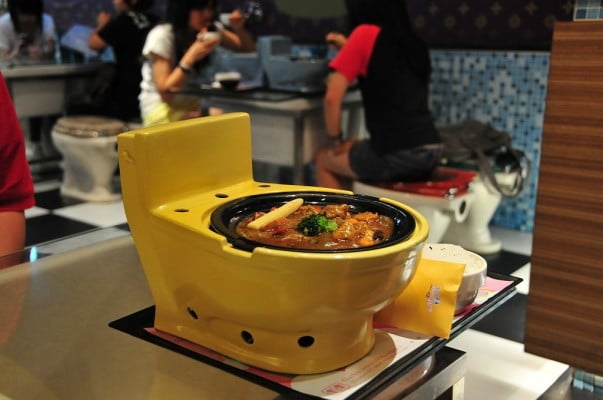

The purchasing manager interacts daily with multiple vendors and members of the staff. They identify and interact with vendors with the goal of getting the best quality food for the most competitive price. This person keeps track of the food available in the kitchen and the food that needs to be ordered. The purchasing manager is in charge of buying all of the food for the kitchen. This can include anything from cutting vegetables to peeling apples or grating cheese. This person is in charge of simple but important tasks involved in the basic preparations of the food.

The kitchen porter usually does not have the same training and experience as the chefs. The junior chef’s job is to assist the more experienced chefs and to absorb their knowledge and techniques. This person has recently completed some schooling or training and is beginning to work in the culinary field.

All of these different roles fall under the category of the station chef, also known as the chef de partie.Ī junior chef, also called the commis chef, works with station chefs to learn about the kitchen environment. There can also be sauce, vegetable, sauté, and pastry chefs. For example, there is a chef in charge of cooking the fish and one that cooks the meats. Each chef is responsible for a different “station,” with different chefs for each food category. However, there are multiple positions that fall under the station chef title. These chefs cook the food that is being served to customers. The station chefs arguably have the critical roles in the kitchen. The sous chef is in charge of the kitchen and oversees the day-to-day activities. The sous chef’s role may overlap with the head chef, however the sous chef generally remains hands-on. Depending on the restaurant and its management, it is possible to have more than one sous chef. The deputy chef, otherwise known as the sous chef, remains second-in-command in the kitchen. Some head chefs leave the cooking to the sous chef and the rest of the team, while others are more hands-on and prefer to be involved in the day-to-day cooking activities. They are responsible for creating menus, controlling kitchen costs, and managing the kitchen staff. Like an executive chef, this person controls all aspects of the kitchen. The head chef remains at the top of the hierarchy in restaurant kitchens without an executive chef. To be an executive chef, you need prior experience cooking as well as good management skills to ensure that the kitchen is run efficiently. This includes overseeing and training personnel, planning menus, managing the culinary budget and sometimes purchasing. Their primary role is managing the kitchen and its staff. Generally, an executive chef does very little cooking. Not every restaurant has an executive chef that title normally applies only to large chains or restaurants. In this blog, we review the potential career options available in a restaurant kitchen. In every kitchen there are a number of different job roles that keep a kitchen running smoothly in order to deliver orders in a timely manner. Either way, working in a kitchen is the goal. Working in restaurants or the foodservice industry requires a lot of hands-on experience, but obtaining a Culinary Arts certificate or degree can expand your career choices. The culinary arts are also flourishing as more people are opting to eat out. Hospitality is a growing industry that employs hundreds of thousands of people each year and is expected to continue expanding. Selecting A Career in A Restaurant Kitchen


 0 kommentar(er)
0 kommentar(er)
